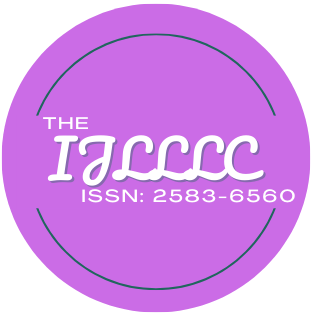| Title: KASAGADAN HU PAMUHAT: THE SEMIOTIC INTERPRETATION OF THE RITUAL OF THE DULANGAN HIGAONON |
| Authors: Sophomore Talle Vacalares, Philippines |
| Abstract: Pamuhat, or ritual, has been part of the unique customary and cultural heritage of the Indigenous People’s (IP) practice. Higaonon is the least known ethnic group in the province of Misamis Oriental. This study interprets the pamuhat or ritual performed by the baylan using Halliday’s meta-functional approach with Peirce’s theory of signs (triad approach) as adopted by Lemke’s semiotic framework and Althusser’s Concept of Ideology. A qualitative research method was employed to explore the symbolic meaning of various ritual objects and elements. Through immersion in multiple rituals, common objects such as tilad (betel nut, leaf, and ash), lugbak (offering of coins), and manok (chicken) were identified as key offerings to magbabaya, deities, and spirits around. These symbols, when arranged on the panlapnay (white cloth), form a cohesive structure that conveys meaning akin to a text. The study determined three meta-functions within the ritual: ideational (the pamuhat portrays a positive image in the Dulangan Higaonon community), interpersonal (the hierarchical structure of gods and deities reflects cultural practices), and textual (integration of words, gestures, spatial arrangements, and objects). Furthermore, it was determined that the pamuhat’s interrelated beliefs and practices were established by the religious ideologies; nonconformity may result in the consequences of neglecting offerings and the significance of spirits. The study recommends further analysis of prayer speech acts to explore the cohesiveness of symbols and language of the baylan and suggests comparing other tribal practices to enhance understanding of cultural differences. |
| Keywords: Pamuhat; Baylan; Semiotics; Magbabaya; Dulangan Higaonon. |
| DOI: https://doi.org/10.59009/ijlllc.2024.0092 PDF Download |
